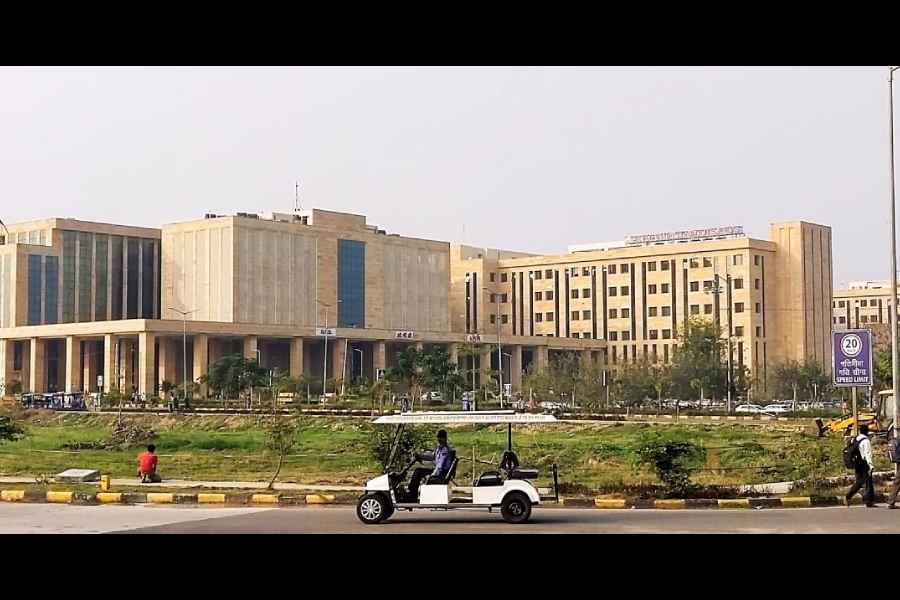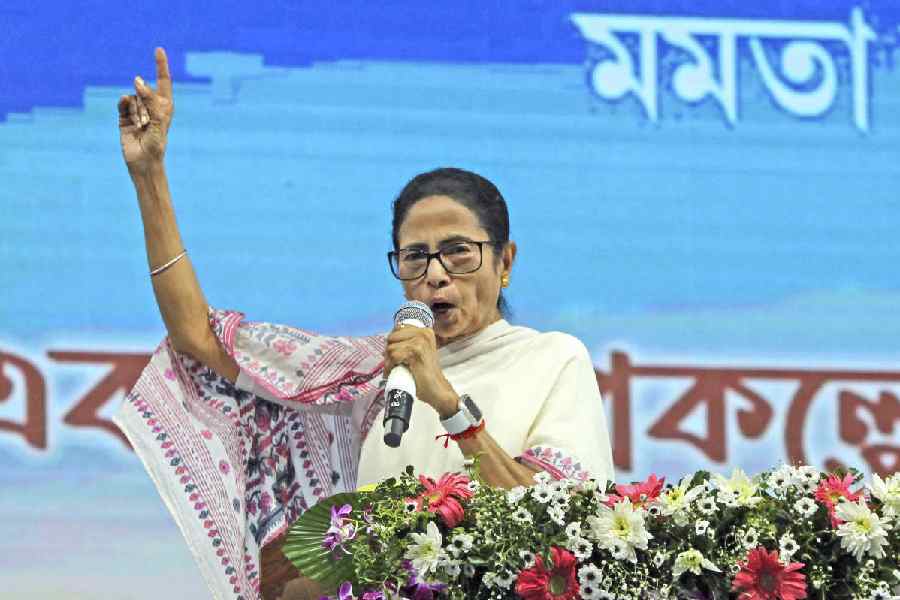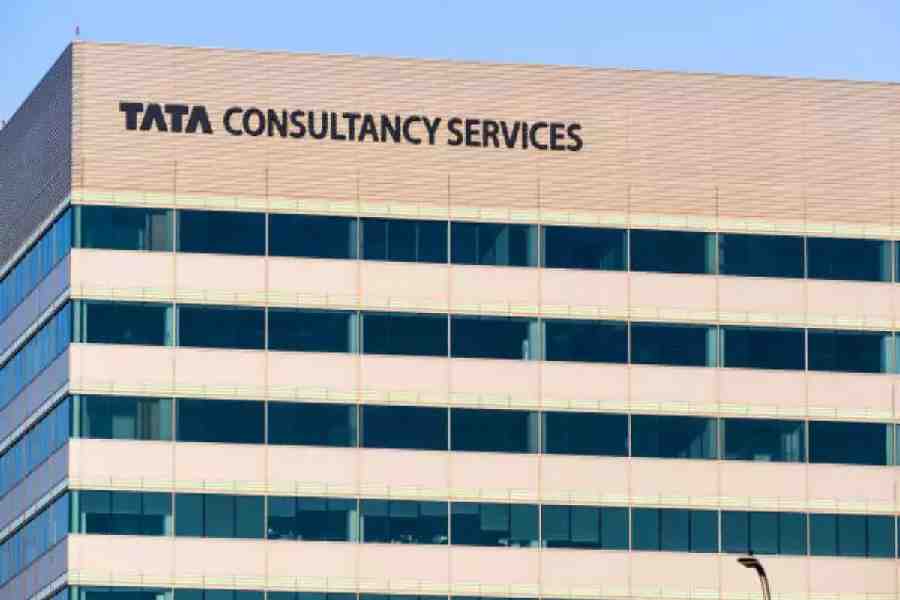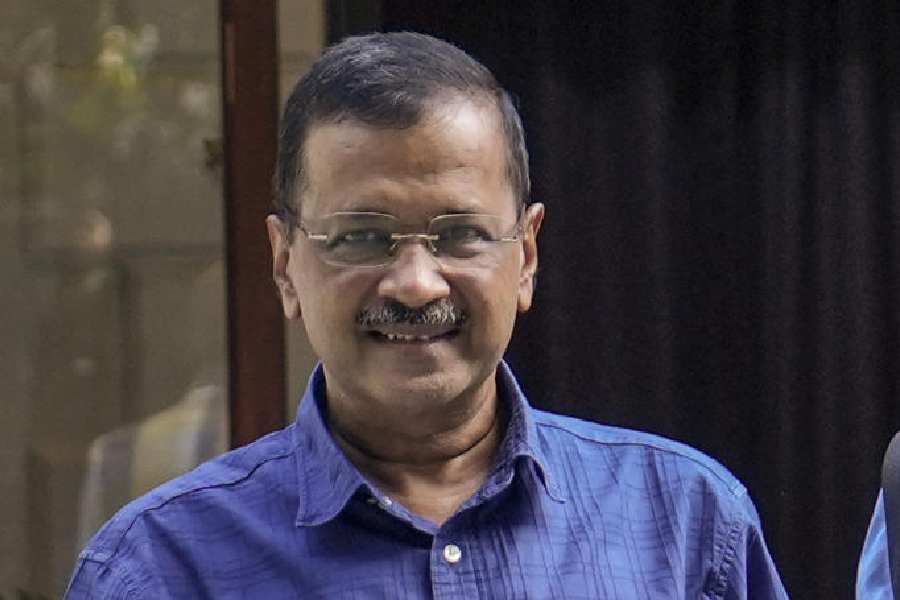Ahead of the 2024 general election, Prime Minister Narendra Modi is set
to “dedicate to the nation” on February 25 five new All India Institutes of Medical Sciences, including AIIMS Kalyani in Bengal, which had opened its outpatient department in 2021.
The Union health ministry said on Monday that Modi would dedicate to the nation the AIIMSes in Bathinda, Kalyani, Mangalgiri, Rae Bareli and Rajkot, and inaugurate or lay foundation stones for medical and nursing colleges across the country from Rajkot on February 25.
Modi will also lay foundation stones for advanced health facilities, including critical care blocks and public health laboratories, the ministry said in a document outlining the growth of medical education facilities and other healthcare infrastructure in the country since 2014.
The AIIMSes in Bathinda, Kalyani and Rae Bareli had started MBBS classes in 2019-20, while AIIMS Mangalgiri started classes in 2018-19.
The four AIIMSes had operational OPDs and limited inpatient department services, the health ministry had told Parliament in July 2023.
AIIMS Rajkot had opened for classes in 2020-21 and also had operational OPDs by
2023.
From February 25, AIIMS Kalyani will become “fully operational” with 43 departments that will include 17 super-speciality wings, the institution’s executive director, Ramji Singh, had said earlier this week. Its OPD had started in January 2021 with only limited facilities.
The Centre, under an initiative announced in 2003 and launched in 2006, has established new AIIMSes across the country, the institutions intended to be modelled on the first AIIMS in New Delhi, which was set up in 1956 and is the nation’s most prestigious teaching hospital.
The number of AIIMSes has increased from 7 in 2014 to 22 in 2024, while the number of medical colleges in India has increased from 387 to 706 over the same period, the health ministry said in the document released on Monday.
The count of both undergraduate MBBS seats and postgraduate medical seats in the country has more than doubled over the past decade — from 51,000 to 108,000 MBBS seats and from 31,000 to 70,000 postgraduate seats between 2014 and 2024.
But sections of doctors and medical faculty as well as postgraduate students have been concerned at what they view as a rapid expansion of medical seats without due consideration for a commensurate increase in the counts of teaching faculty in the colleges.
Parliamentary panel reports have in the past flagged faculty shortages at the earliest of the new AIIMSes: in Bhopal, Bhubaneswar, Jodhpur, Patna, Raipur and Rishikesh. A December 2018 report cited 884 (48 per cent) vacancies among a total of 1,830 sanctioned faculty posts at these six AIIMSes while a March 2022 report had found 684 (39 per cent) vacancies.
The Indian Medical Association, the country’s largest body of doctors, too has articulated concerns about what some of its national executive committee members have described as the lack of uniform standards of medical education amid the increase in medical seats.
The IMA had earlier this month cited inadequate faculty and other infrastructure in some medical colleges among the reasons for its opposition to a proposal from the National Medical Commission to introduce a nationwide common exit test for all medical graduates.
The IMA had underlined that the NMC — the apex regulatory authority for medical education — had sent notices to 349 medical colleges in 2023-24 for deficiencies in faculty.










